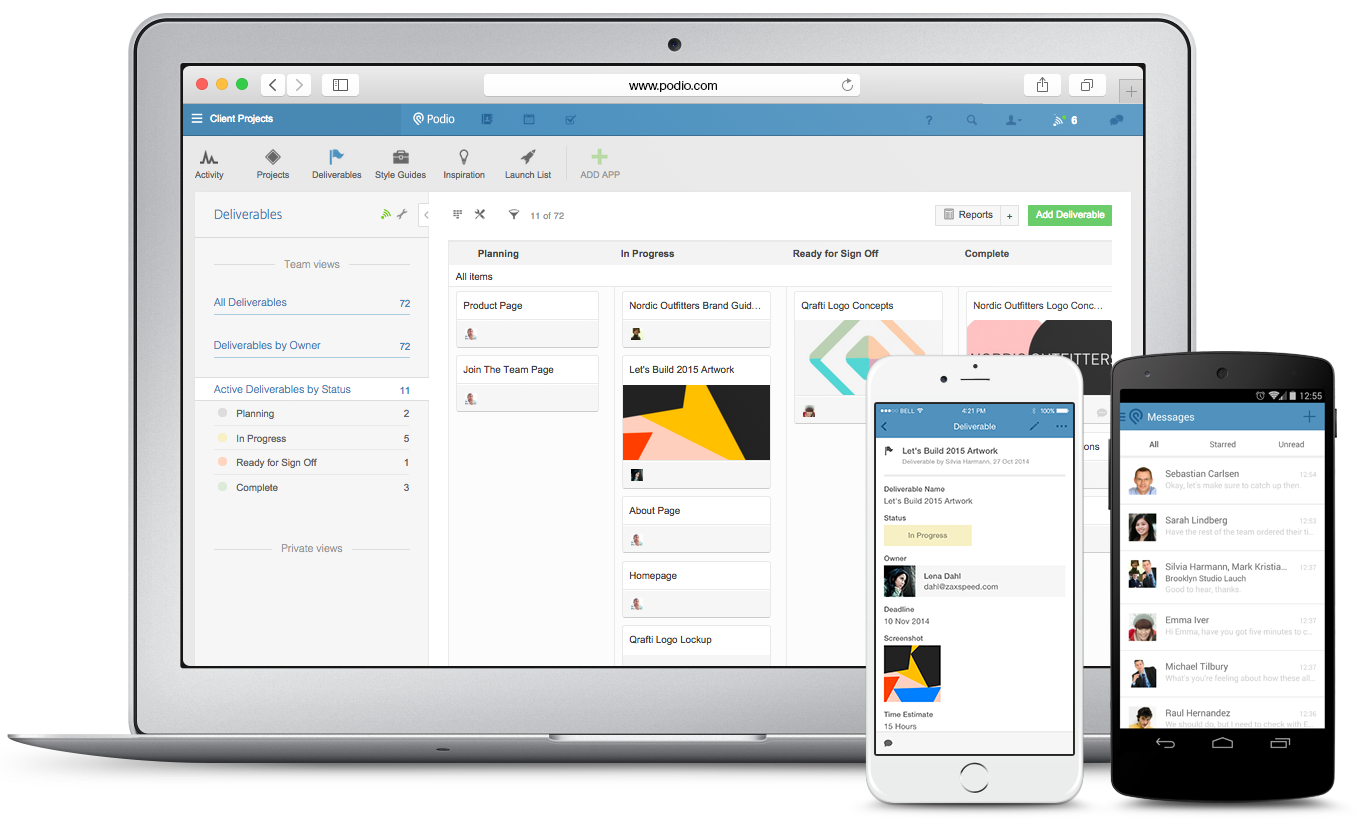The Future of Digital Art: Top Vector Design Software
Dive into the future of digital art with the best vector design software for 2025. Learn how raster-to-vector conversion and cutting-edge tools can elevate your creativity and help you stay ahead in the design world.
Digital art has revolutionized the creative industry. From dynamic illustrations to scalable logos, vector design software is crucial in turning artistic ideas into reality. With advancements in technology, the future of vector art is brighter than ever. This guide explores the top vector art software and highlights the importance of tools like Raster to Vector Conversion for modern designers.
What Is Vector Design Software?
Vector design software allows artists to create images using mathematical paths instead of pixels. Unlike raster graphics, which can lose quality when resized, vector images remain sharp at any scale. This makes them ideal for creating logos, illustrations, and marketing materials.
Why Vector Art Software Is Essential for Designers
- Scalability: Vector graphics can be resized without losing quality.
- Precision: These tools offer pixel-perfect accuracy for designs.
- Flexibility: Easily edit shapes, colors, and layers.
- Professional Output: High-quality visuals that meet industry standards.
Whether you’re a seasoned graphic designer or a hobbyist, vector art software is a must-have in your toolkit.
Top Vector Design Software for 2025
1. Adobe Illustrator
Adobe Illustrator remains the gold standard for vector design. Known for its intuitive interface and powerful tools, it caters to professionals and beginners alike.
- Key Features:
- Advanced drawing tools.
- Integration with Adobe Creative Cloud.
- Extensive typography options.
- Best For: Creating logos, illustrations, and typography-based designs.
2. CorelDRAW
CorelDRAW is another powerhouse in the vector design world. Its user-friendly layout and robust features make it a favorite among designers.
- Key Features:
- Versatile design tools.
- Support for multiple file formats.
- Advanced color correction options.
- Best For: Marketing materials, product design, and print graphics.
3. Inkscape
Inkscape is a free, open-source vector design tool that rivals many paid options. It’s perfect for beginners or those on a budget.
- Key Features:
- Flexible drawing tools.
- Path-based illustrations.
- Community-driven updates.
- Best For: Learning vector art without investing in premium software.
4. Affinity Designer
Affinity Designer is gaining popularity for its affordability and professional-grade features. It’s a robust alternative to Adobe Illustrator.
- Key Features:
- Seamless switching between vector and raster.
- Advanced grid tools.
- Smooth performance on desktops and tablets.
- Best For: High-detail illustrations and responsive web designs.
5. Sketch
Sketch is tailored for web and app design. Its streamlined interface and collaborative tools make it ideal for digital product designers.
- Key Features:
- Symbols and reusable components.
- Cloud collaboration.
- Lightweight software.
- Best For: User interface (UI) and user experience (UX) design.
The Role of Raster to Vector Conversion
Raster to vector conversion bridges the gap between pixel-based images and scalable vector graphics. This process converts raster images, like photographs or hand-drawn sketches, into editable vector files.
Why It’s Important:
- Converts old artwork into scalable designs.
- Enhances image quality for large prints.
- Makes logos and illustrations more versatile.
Many vector art software, like Adobe Illustrator and CorelDRAW, include tools for seamless raster-to-vector conversion.
Trends Shaping the Future of Vector Art
1. AI Integration
Artificial Intelligence is enhancing vector design tools. AI-powered features, like auto-tracing and intelligent resizing, save time and improve accuracy.
2. Cloud-Based Design Tools
The shift to cloud-based tools is making collaboration easier. Designers can access their work from anywhere and share it with teams in real-time.
3. Cross-Platform Compatibility
Modern software is designed to work seamlessly across desktops, tablets, and smartphones. This flexibility allows artists to create on the go.
4. Sustainability in Design
Eco-conscious design practices are influencing software development. Features that minimize waste and promote efficient workflows are gaining traction.
Tips for Choosing the Right Vector Art Software
- Define Your Needs: Identify the projects you’ll work on, such as logos, illustrations, or web design.
- Check Compatibility: Ensure the software supports your device and operating system.
- Look for Tutorials: Beginner-friendly tools should have plenty of online resources.
- Test the Features: Opt for free trials to explore the tools before committing.
- Consider the Budget: Compare the pricing plans of paid software and the features of free alternatives.
Why Invest in Vector Art Software?
The proper vector design tool is an investment in your creativity. It enables you to produce professional-quality work, streamline your workflow, and stay competitive. Utilizing tools with raster to vector conversion capabilities ensures brand consistency and scalability for businesses.
Conclusion
The future of digital art lies in innovative vector design software. Whether you’re a graphic designer or a brand owner, these tools empower you to bring ideas to life. You can stay ahead in this ever-evolving industry by choosing the right software, embracing trends like AI, and leveraging features like raster to vector conversion. Explore the top vector art software today and redefine your creative potential.



